Make Your Garden Pod Design More Sustainable
As interest in low-impact living grows, so does the appeal of garden pods as flexible, year-round spaces. From work studios to creative hideaways, they offer a practical way to expand your home without overbuilding. This guide looks at how to make more sustainable choices throughout the design process – covering materials, insulation, energy use, and more.
Quick Wins for a Greener Garden Pod
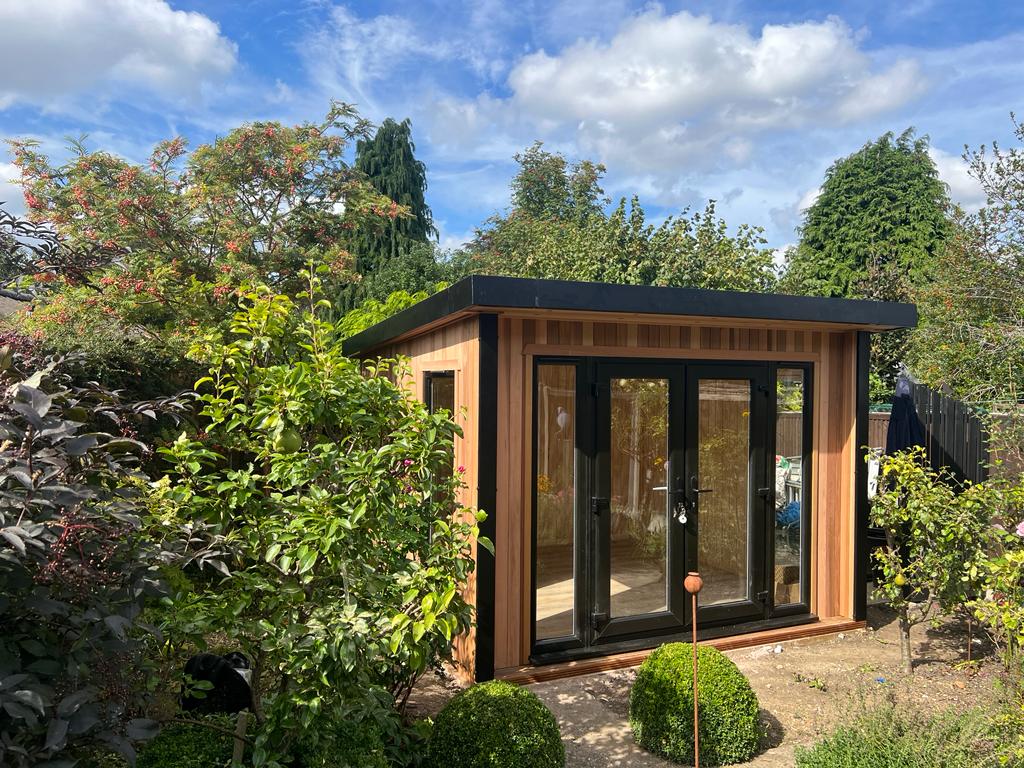
If you’re short on time but still looking to hit the mark with your garden pod design, here are some of our greenest takeaways:
- Choose certified timber: Look for FSC or PEFC-certified wood to ensure your materials come from responsibly managed forests.
- Upgrade your insulation: Opt for high-performance or mineral-based insulation to reduce heating needs all year round.
- Go LED: Install low-energy LED lights with smart controls or timers to cut energy use without compromising comfort.
- Embrace natural finishes: Let timber cladding weather naturally or use breathable stains to reduce maintenance and chemical treatments.
- Furnish mindfully: Use reclaimed or second-hand furniture to reduce waste and give your pod a personal touch.
Our 6-Step Guide to Eco-Friendly Garden Pod Design
1. Start with the Structure
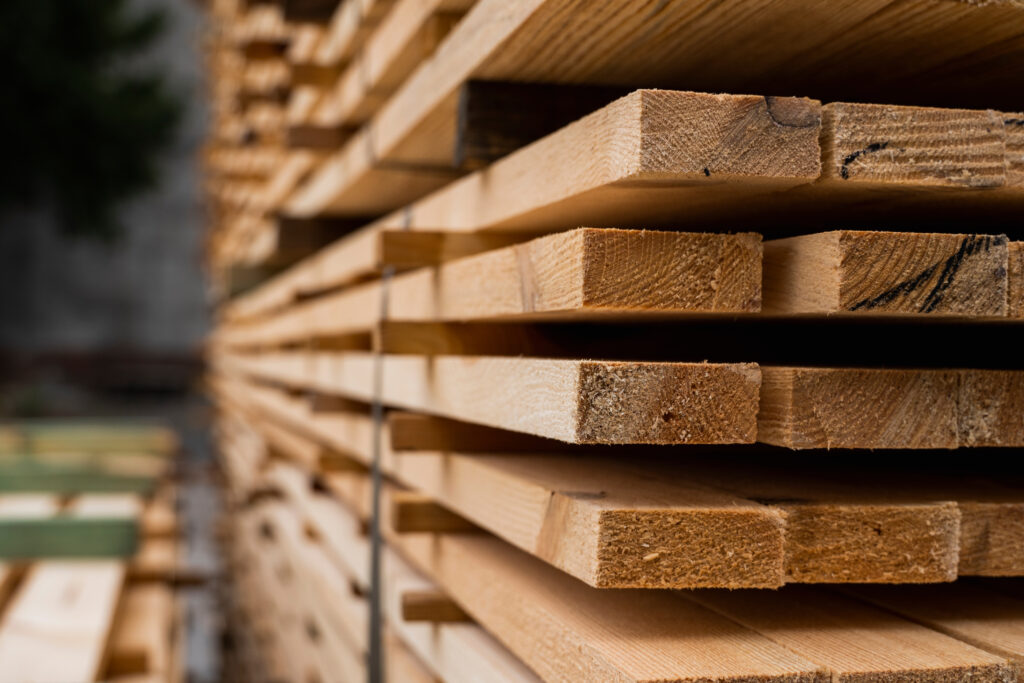
Timber is one of the most sustainable building materials available, especially when compared to high-carbon alternatives like brick or steel. It requires less energy to produce, stores carbon rather than emitting it, and can be sourced responsibly with minimal waste. When choosing your garden pod, look for FSC or PEFC-certified timber – as this ensures the wood comes from well-managed forests with strict replanting policies.
Our structural framing is made from Scandinavian redwood, known for its strength and stability. Combined with modern construction techniques, it creates a long-lasting framework that holds up well over time. And once your garden pod reaches the end of its life – decades down the line – most of the structure can be recycled, reused, or naturally broken down, which isn’t the case with cement-heavy or composite builds.
Choosing timber is a simple but meaningful way to reduce your project’s environmental impact from the ground up.
2. Cladding and Roofing
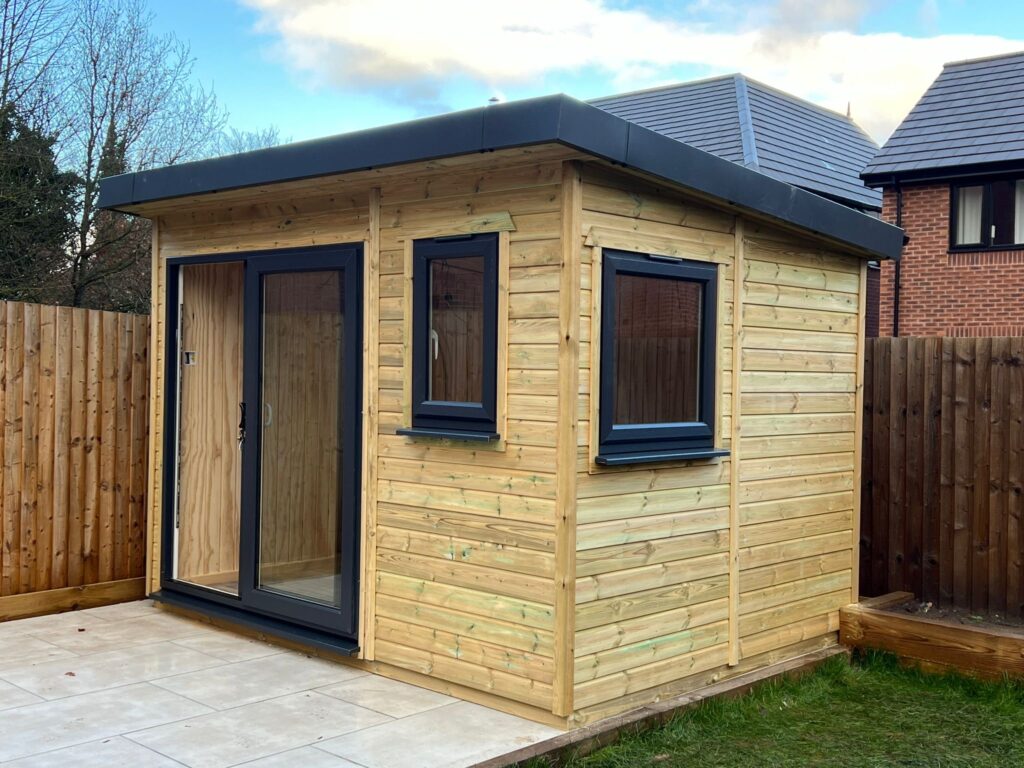
The cladding you choose shapes both the look and longevity of your garden pod. Cedar is a popular option – it’s naturally weather-resistant and can be left untreated to silver over time, reducing the need for ongoing maintenance. Shiplap and feather edge boards, typically made from treated softwood, are more affordable and still highly durable when properly cared for.
If you want a lower-maintenance finish, letting timber age naturally can reduce the need for oils or stains – though a breathable treatment will help preserve colour and resist moisture.
For the roof, Tapco slate offers a lightweight, recycled alternative to traditional tiles, while metal sheet roofing is durable but carries a higher embodied energy. Both options are long-lasting, so the key is balancing visual style with environmental impact.
3. Greener Insulation and Heating
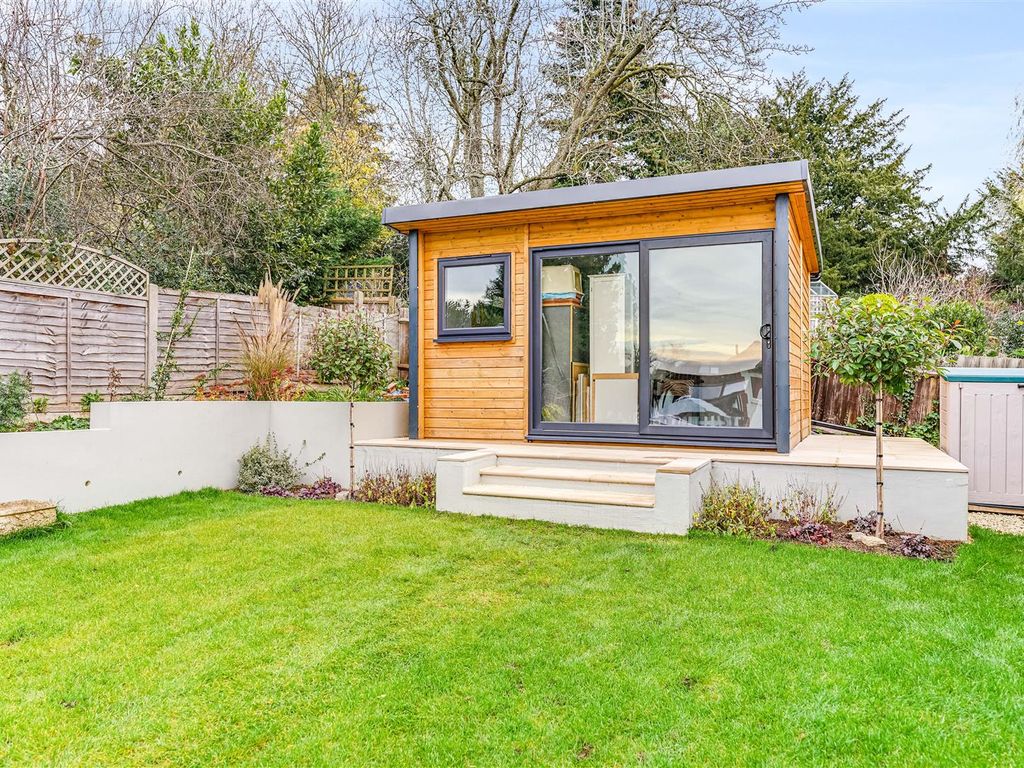
A well-insulated garden pod is more comfortable and far more energy-efficient. PIR insulation offers high thermal performance in a thinner profile, while Rockwool is a mineral-based option with better acoustic properties and a lower embodied carbon footprint. Both are available when designing with Warwick Buildings.
For heating, simple electric panel heaters are often the most efficient choice – especially in smaller spaces. Underfloor heating can be tempting but isn’t ideal unless you’re powering it with solar. Passive design choices also make a difference, such as positioning glazing to capture natural light, adding overhangs for summer shading, and choosing an orientation that avoids excess heat loss – all help reduce reliance on artificial heating.
By thinking ahead, you can keep your space warm in winter without ramping up your energy use.
4. Designing for Low-Impact Living
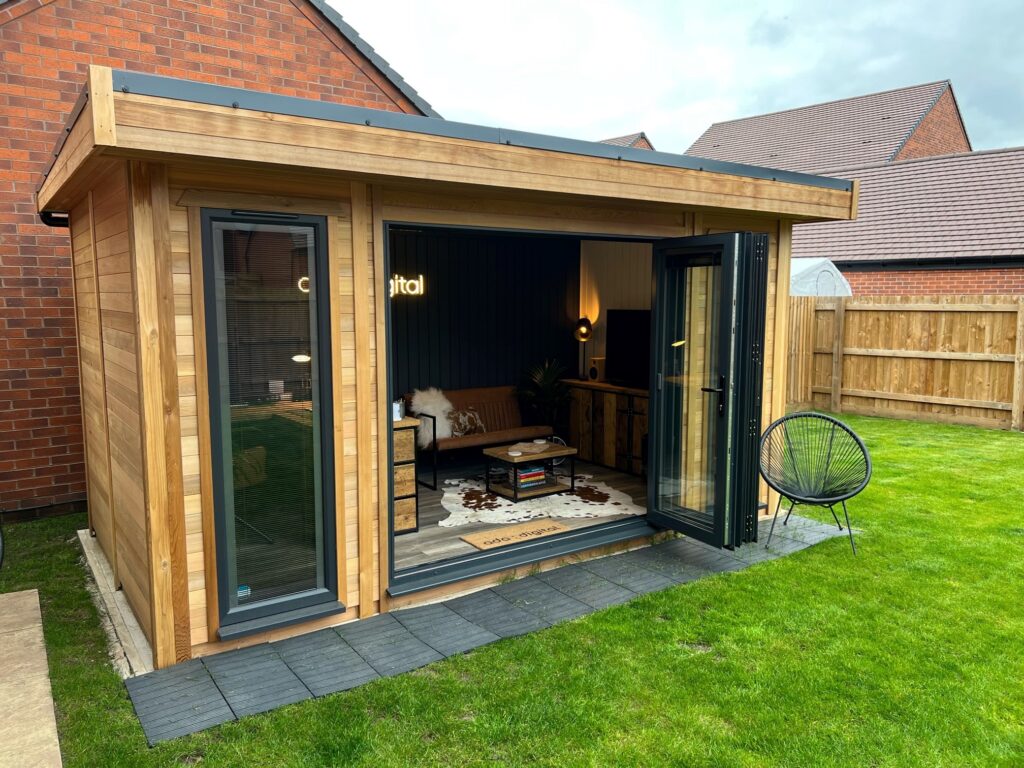
Small design decisions can make a big difference to how your garden pod performs. Positioning windows to capture natural daylight and encourage airflow can reduce the need for artificial lighting and cooling. Adding doors on opposite walls, or including trickle vents, supports passive ventilation – ideal for year-round comfort.
To manage overheating, overhangs or slatted timber screens offer natural shading without darkening the interior. Blinds or curtains also help regulate indoor temperatures without relying on mechanical cooling.
If you’re adding plumbing, it’s worth considering water-saving features like a waterless composting toilet or space for a rainwater collection barrel.
5. Power and Lighting
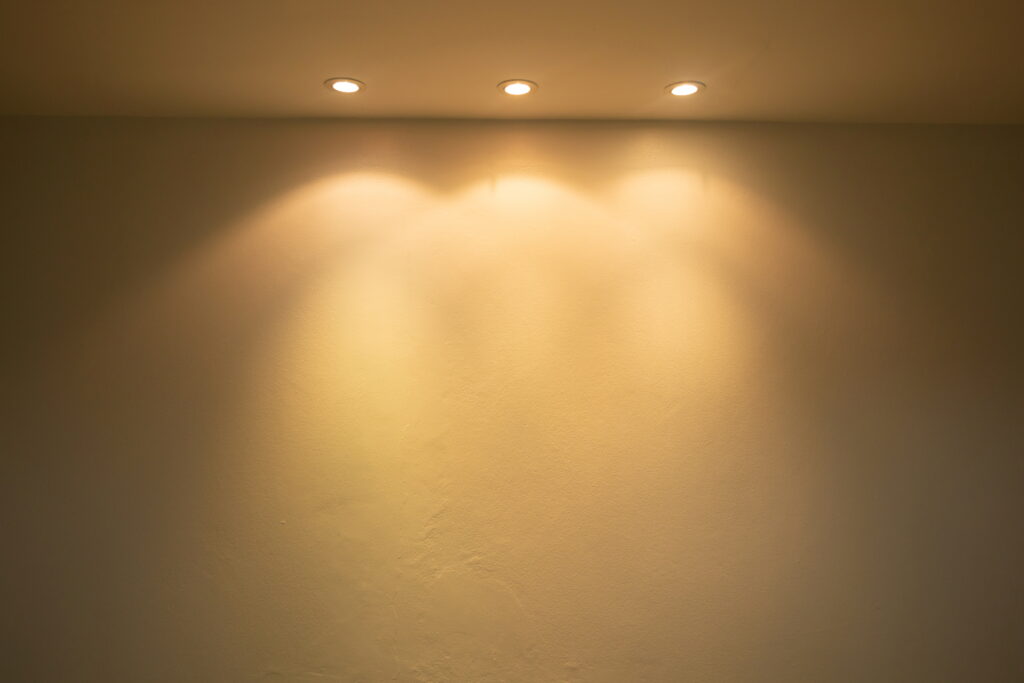
Lighting choices have a big influence on your pod’s energy use. Opting for low-energy LED spotlights or panels is an easy win, especially when paired with dimmable switches or smart timers that reduce waste. If you’re adding deck lighting or external wall lights, consider warm, downward-facing fittings to minimise light spill and avoid disrupting wildlife.
While most pods are powered via mains connection, you can future-proof your design by leaving space for solar panels or battery storage – particularly if you’re aiming for off-grid use later on. Our first-fix electrics make it easy to customise your layout, so you can keep things efficient without compromising on comfort or style.
6. Interior Fit-Outs
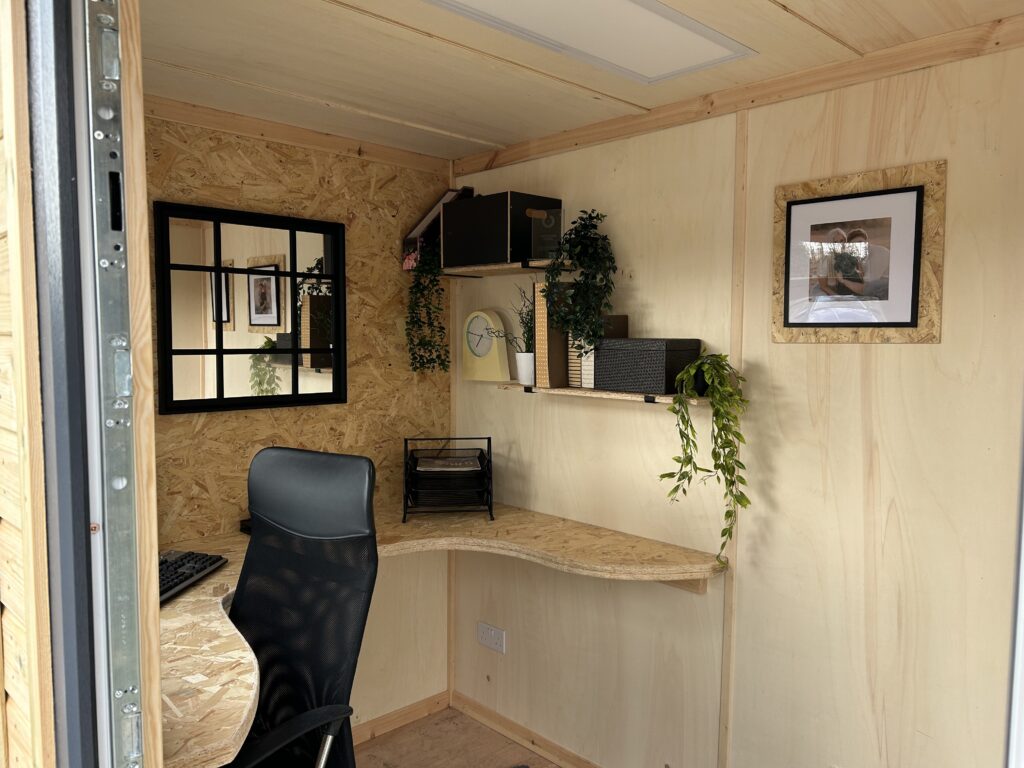
When it comes to furnishing your pod, reclaimed desks, second-hand storage, and vintage seating can all give the space character while cutting waste. For walls and woodwork, opt for breathable paints or low-VOC finishes to keep air quality high – especially in compact, well-sealed rooms.
Designing your pod for flexible use, such as a workspace that can double as a guest room or hobby space, helps avoid the need for future extensions. The more adaptable the layout, the longer it stays useful.
Your Design, Your Impact
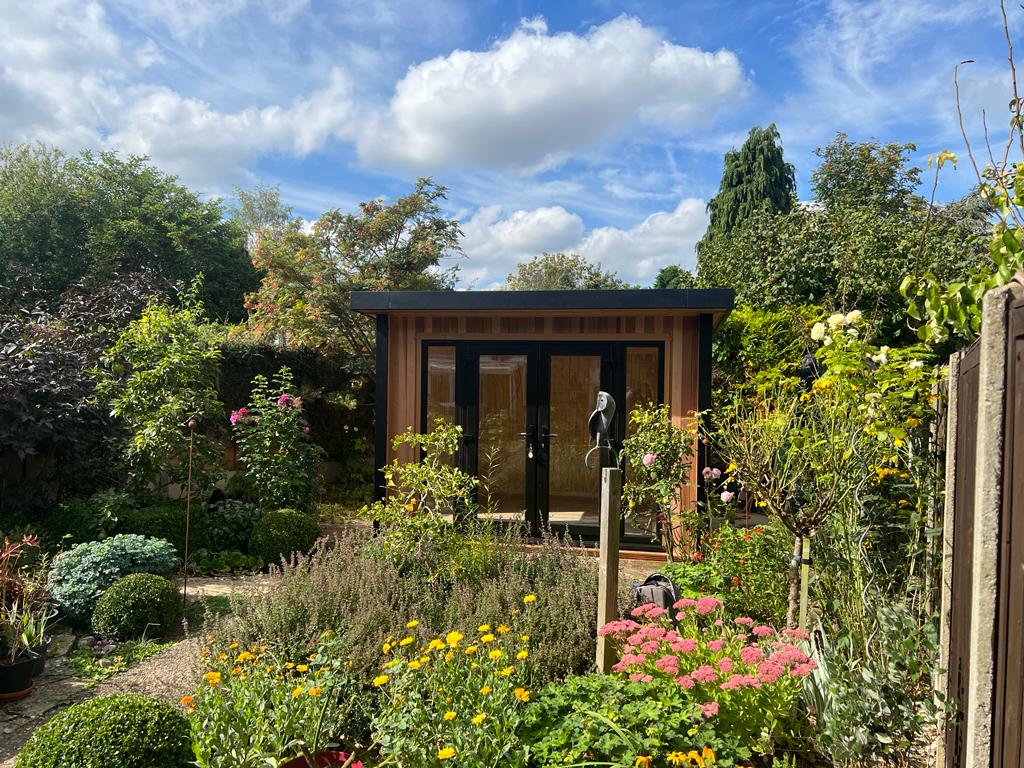
Every choice you make, from materials to lighting, shapes the environmental footprint of your garden pod. By thinking sustainably from the start, you create a space that works harder for you and treads lighter on the planet.
To explore your options, try our free online configurator to see how thoughtful design and eco-friendly features come together in practice.
